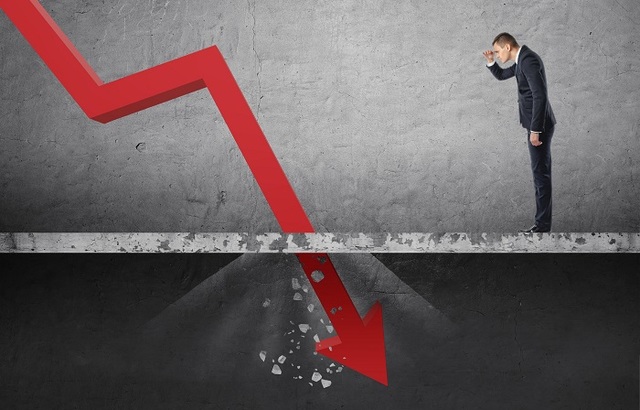Total platform assets decreased by 2.66% in Q1 2022 compared to the previous quarter’s values, according to The Lang Cat’s latest figures.
Advised platform assets performed slightly better (-2.42%).
In terms of sales, gross flows across all channels were down 21.89% on Q4 2021’s totals, while net sales were down 44.68%, indicating outflows have risen across the market.
Advised platforms had gross sales of £21.15bn ($25.7bn, €24.7bn). They have been over the £20bn mark for past five quarters in a row.
Advised net sales saw a modest improvement of 2.81% from the previous quarter. The Lang Cat said this was “thanks to continued strong platform sales and signs of recovery for the likes of James Hay and Ascentric”.
The Lang Cat’s findings also showed that the top five firms for advised channel gross inflow in Q1 2022 were Transact, Aviva, Quilter, Abrdn and Fidelity.
Additionally, the firms with the highest advised assets under administration (AuA) in the first quarter of 2022 were Abrdn, Quilter, Transact, Fidelity and AJ Bell.
Cost of living crisis makes small impact
Rich Mayor, senior analyst at The Lang Cat, said: “In the face of strong economic headwinds in the cost of living crisis, interest and inflationary rises, ISA and pensions gross sales were only a smidge down from the same totals as last year.
“Around two-thirds of total platform gross sales came from advisers, but advised net sales formed just shy of 90% of the total net sales. This indicates that while outflows have increased, it is focused in other channels such as D2C, proving the value of advisers in reassuring clients and staving off snap decisions to sell at potentially the worst time.
“However, the collective tightening of belts because of sharp interest rate and inflation rises that show no sign of stopping will have a significant effect on platform flows throughout the year.
“We suspect that after the second quarter of 2022, which is historically focused on using the current year’s product allowances, we’ll see platform flows fall for the rest of the year. This will likely start with the additional energy charge cap rise in October, which will strain households even further.
“Though we’re all looking towards the summer, these headwinds mean it’s likely to be a tough autumn and even tougher winter for the sector.”








